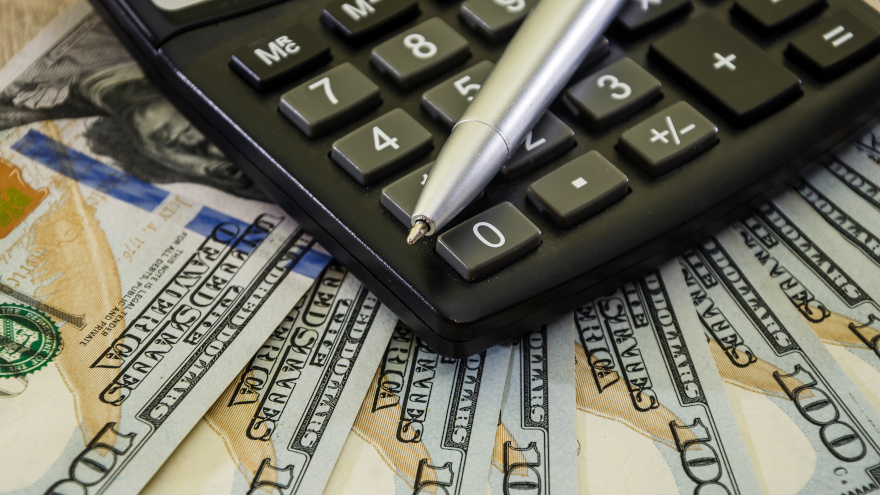UPDATED: Both auto & mortgage defaults now at all-time lows

By subscribing, you agree to receive communications from Auto Remarketing and our partners in accordance with our Privacy Policy. We may share your information with select partners and sponsors who may contact you about their products and services. You may unsubscribe at any time.
CARY, N.C. –
If finance companies based their decisions on how to run and staff their collections and recovery departments based only the metrics included in the S&P/Experian Consumer Credit Default Indices, they truly might be a one-man — or woman — band within their operations.
S&P Dow Jones Indices and Experian released default data through June, and the auto reading not only is at an all-time low, it’s 10 basis points lower than a year ago.
The auto default reading came in at 0.30% in June, 4 basis points lower than the previous month. You would have to more than double the June reading just to get it to where it stood back in December when analysts pegged it at 0.64%.
What about before the pandemic upended so much? Data from S&P and Experian had the auto default rate at 1.02% at the end of 2019. At the close of 2018, it sat at 1.03%. You would have to rewind back a decade to find a level much higher. In May 2011, auto defaults were at 1.34%.
To get some clarity about what the latest trends might mean for the industry, SubPrime Auto Finance News reconnected with Jeremiah Wheeler, executive vice president and general manager of fintech at DRN and MVTRAC.
“We have seen gradual increases in recovery volume coming out of tax time into the summer months,” Wheeler said via email. “I believe that we will continue to see month over month increases as the federal stimulus continues to decline across the country.
Subscribe to Auto Remarketing to stay informed and stay ahead.
By subscribing, you agree to receive communications from Auto Remarketing and our partners in accordance with our Privacy Policy. We may share your information with select partners and sponsors who may contact you about their products and services. You may unsubscribe at any time.
“I just hope the agencies can continue to survive with such low volume in the market,” he continued. “We have seen many agencies going out of business and lenders continue to cut fees and the ability for agents to charge for certain ancillary fees like personal property redemption.
“The alarm bells should be going off for lenders to jump in and help their agent network survive the impending crisis,” Wheeler went on to say.
And before you think it’s just auto with these unprecedented default readings, consider these trends.
The mortgage segment of the S&P/Experian Consumer Credit Default Indices is now at an all-time low, too, softening another 2 basis points from the previous month to come in at 0.26% in June.
For some perspective, analysts noted the mortgage default rate at 0.84% in February 2020 and at 2.19% in December 2011.
But wait, there’s even more.
S&P and Experian also reported the composite rate — which represents a comprehensive measure of changes in consumer credit defaults —is at an all-time low, too. Analysts said it came in 3 basis points lower in June on a sequential basis to settle at 0.41%. The latest reading also is 25 basis points lower than a year ago.
Defaults within one major credit segment actually is not at an all-time low. While analysts said the bank card default rate fell 18 basis points to 2.83% in June, that’s not quite the lowest point ever. That particular reading actually arrived last November with it was 2.56%.
Looking at the five major cities S&P and Experian track for each monthly update, three locations posted lower default rates in June compared to the previous month.
Los Angeles generated the largest decrease, falling 5 basis points to 0.37%. New York and Chicago each dropped 3 basis points, to 0.43% and 0.38%, respectively.
Analysts said Dallas was unchanged at 0.42%, while Miami ticked up 1 basis point to 0.82%.
Jointly developed by S&P Indices and Experian, analysts noted the S&P/Experian Consumer Credit Default Indices are published monthly with the intent to accurately track the default experience of consumer balances in four key loan categories: auto, bankcard, first mortgage lien and second mortgage lien.
The indices are calculated based on data extracted from Experian’s consumer credit database. This database is populated with individual consumer loan and payment data submitted by lenders to Experian every month.
Experian’s base of data contributors includes leading banks and mortgage companies and covers approximately $11 trillion in outstanding loans sourced from 11,500 lenders.


